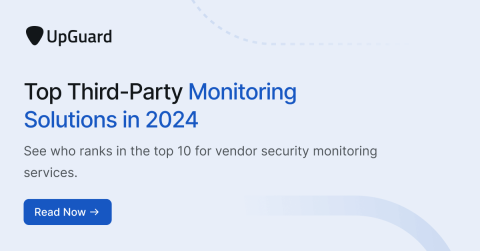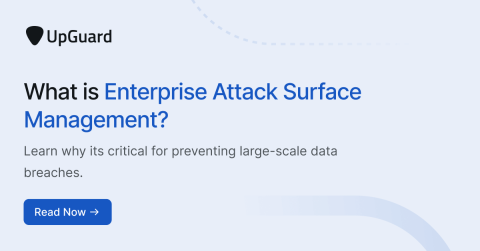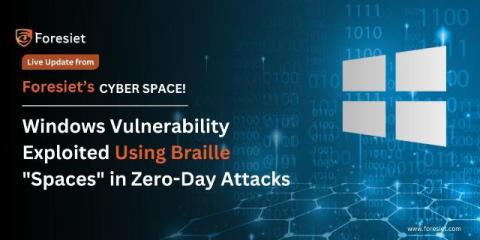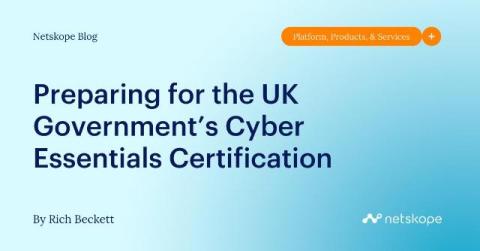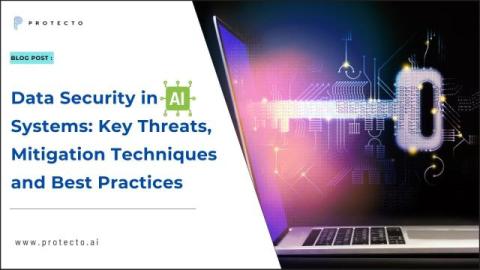Top Third-Party Monitoring Solutions in 2024
A third-party monitoring solution is essential for providing a level of risk visibility required by a successful Third-Party Risk Management (TPRM) program. This post ranks the top third-party monitoring services in the market.


